Think you’re eating healthy? You might be surprised. You’ve stopped eating chips and french fries. You’re working out more. You’re trying to make better food choices. But your blood pressure is still too high. What’s going on?
The truth is, some foods that seem totally normal are actually bad for your blood pressure. These foods to avoid with high blood pressure are probably in your kitchen right now. They might even be foods you think are good for you!
Don’t worry, this happens to lots of people. You’re not doing anything wrong on purpose. You just need to know what to look out for.
Let’s talk about these sneaky foods and what you can eat instead.
Sneaky Foods to Avoid and Smarter Swaps
1. Bread and Baked Goods
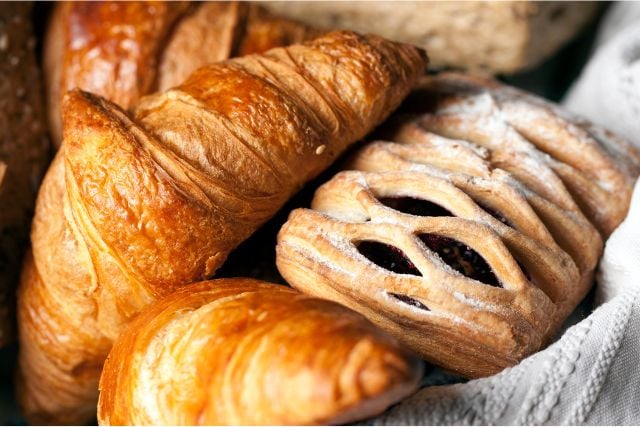
Yes, even regular sandwich bread. Most store-bought bread has a lot of salt – sometimes over 200mg in just one slice. If you make a sandwich with two slices, then add meat and cheese, you’re getting way too much salt.
Why is it sneaky? Bread doesn’t taste salty at all. But companies add salt to make it taste better and last longer.
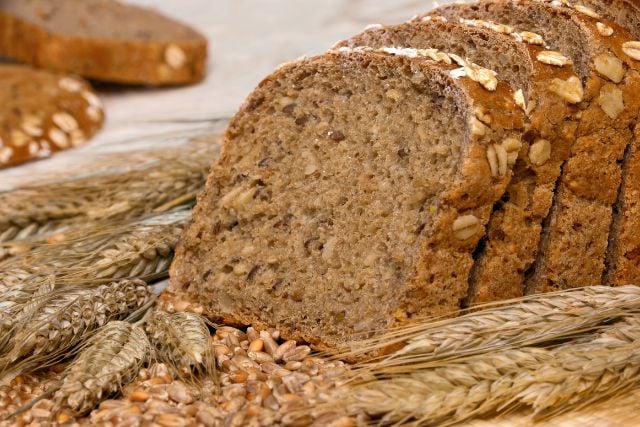
What to eat instead? Look for bread that says “low sodium” on the package (this means 140mg or less per slice). Whole grain bread usually has less salt too.
Jumpstart your mornings with the healthy breakfast challenge to boost energy, metabolism, and overall wellness.
2. Canned Soups
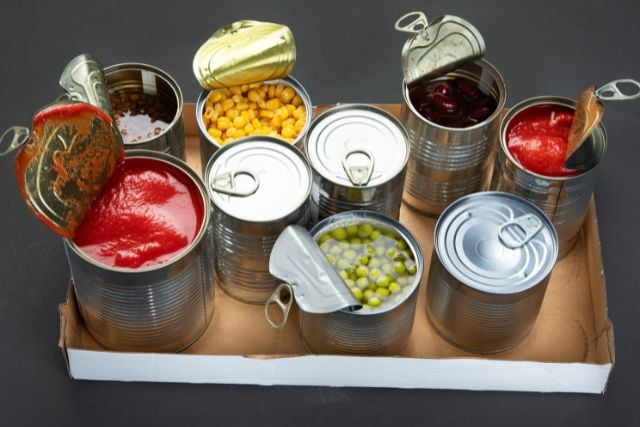
That warm bowl of chicken soup might not be as good for you as you think. One cup of canned soup can have 600 to 1,200mg of salt. That’s more than half the salt you should eat in a whole day!
Why is it sneaky? We think soup is healthy, especially when we’re sick. But most canned soups are packed with salt.
What to eat instead? Make your own soup using low-salt broth. Or look for cans that say “low sodium” or “no salt added.” You can also rinse canned beans before putting them in homemade soup.
3. Salad Dressings and Condiments

It is great if you are eating salads! But what you put on top matters. Just two spoonfuls of ranch dressing can have over 300mg of salt. Ketchup, soy sauce, and barbecue sauce have even more.
Why is it sneaky? We only use a little bit, so we don’t think about how much salt we’re getting all day long.
What to eat instead? Make your own dressing with olive oil and vinegar. Or try using fresh herbs and spices to make food taste good.
4. Deli Meats and Processed Meats
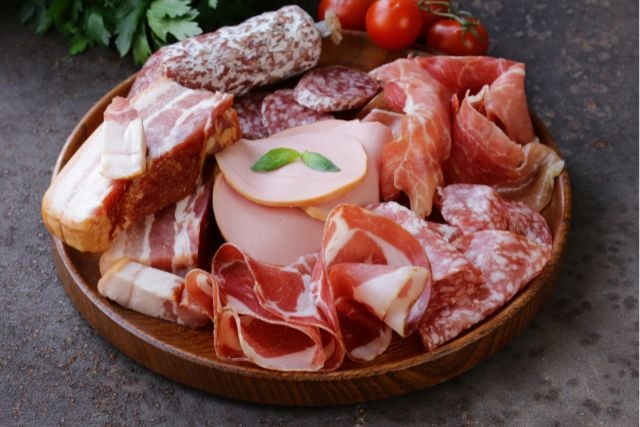
That turkey sandwich seems healthy, right? But deli meats are some of the worst foods to avoid with high blood pressure. They’re made with lots of salt to keep them fresh. Just 2 ounces can have 500-700mg of salt.
Why is it sneaky? Turkey and chicken are healthy meats, but the processed kinds from the deli are salt bombs.
What to eat instead? Cook your own chicken or turkey at home and slice it up for sandwiches. It takes more work, but it’s way better for you.
Enjoy the holidays without breaking your diet with these delicious keto Thanksgiving recipes everyone will love.
5. Cheese
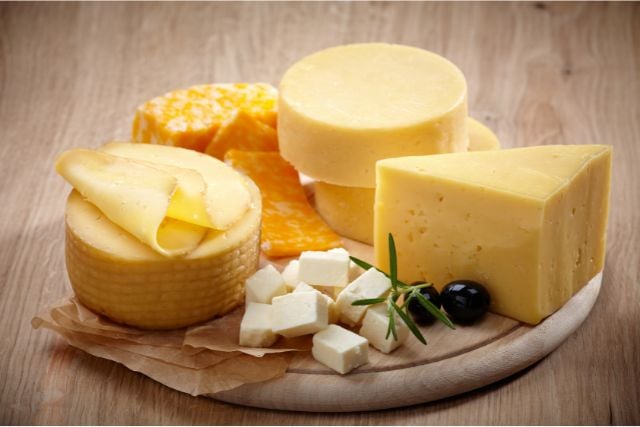
Sorry, but cheese has a lot of salt and unhealthy fat. Just one slice of many cheeses can have 200-300mg of salt.
Why is it sneaky? We think of cheese as a good way to get protein and calcium. We don’t think about all the salt.
What to eat instead? Try cheeses like Swiss or fresh mozzarella. They have less salt. Or use just a little bit instead of a lot.
Stay satisfied between meals with these healthy snacks for weight loss that are both nutritious and delicious.
6. Frozen Dinners

Life gets busy, and sometimes you need a quick meal. But most frozen dinners have 600-1,500mg of salt per box. That’s almost all the salt you should eat in one day!
Why is it sneaky? The box shows pictures of vegetables and lean meat, so it looks healthy.
What to eat instead? Cook extra food on weekends so you have leftovers ready. Or look for frozen meals with less than 600mg of salt.
7. Restaurant Foods (Yes, Even “Healthy” Ones)
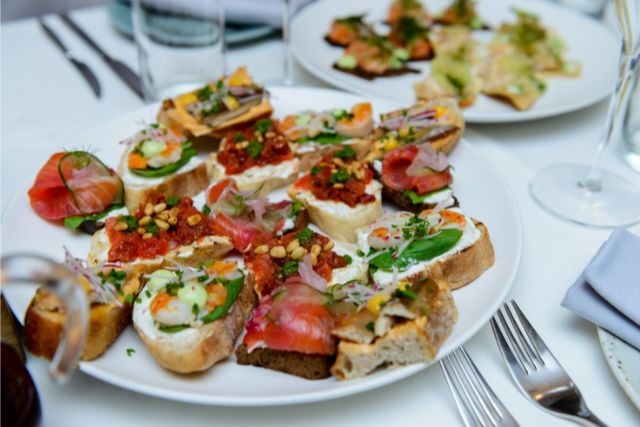
Even when you order grilled chicken and vegetables at a restaurant, you’re probably getting way more salt than you would at home. Restaurants use lots of salt to make food taste better.
Why is it sneaky? You can’t see the salt. Even foods that sound healthy can have tons of salt.
What to eat instead? Ask for dressing and sauce on the side. Ask them not to add extra salt. Don’t be afraid to ask questions about how they cook the food.
8. Canned Vegetables
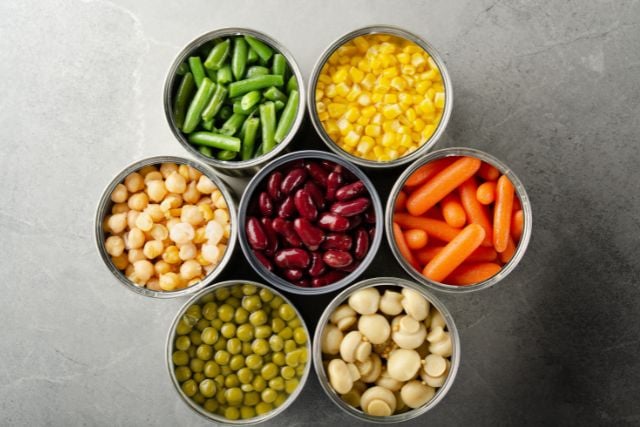
Eating more vegetables is awesome! But if you’re buying canned vegetables, you might be getting more salt than vitamins. Regular canned veggies can have 200-400mg of salt per serving.
Why is it sneaky? Vegetables are healthy, so we don’t think about what else is in the can.
What to eat instead? Buy cans that say “no salt added.” Fresh or frozen vegetables are even better. If you do use regular canned veggies, rinse them with water first.
9. Breakfast Cereals
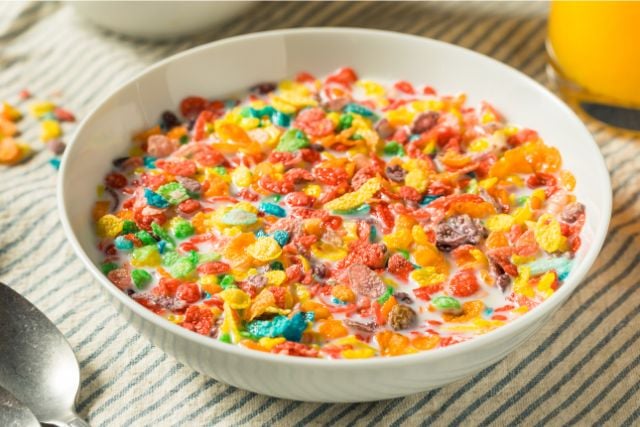
Starting your day with cereal? Some cereals have up to 300mg of salt per bowl. Add milk (which also has salt), and your healthy breakfast isn’t so healthy anymore.
Why is it sneaky? Cereal doesn’t taste salty, and we think of it as a healthy way to start the day.
What to eat instead? Look for cereals with less than 140mg of salt per serving. Or try oatmeal with fresh fruit.
10. Pickled Foods
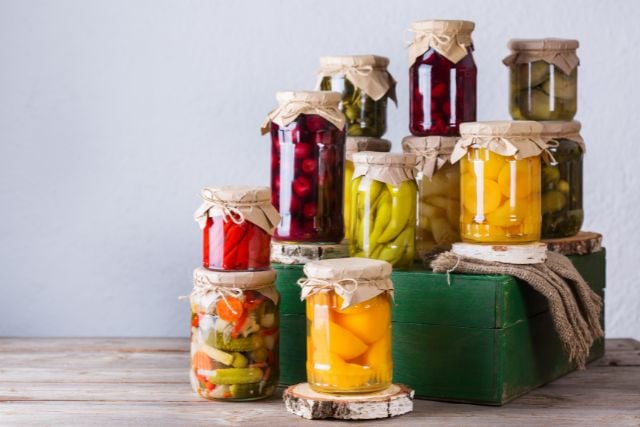
This one might be obvious, but pickled foods are everywhere. That pickle with your sandwich or those trendy fermented vegetables all have lots of salt. That’s how the pickling process works.
Why is it sneaky? Fermented foods are popular right now because they’re supposed to be healthy. But we forget about all the salt.
What to eat instead? If you like tangy flavors, try fresh herbs like dill or add a little vinegar to your food.
Learn the simple and tasty steps for homemade pickling with this guide on how to make pickles.
Why Food Matters More Than You Think
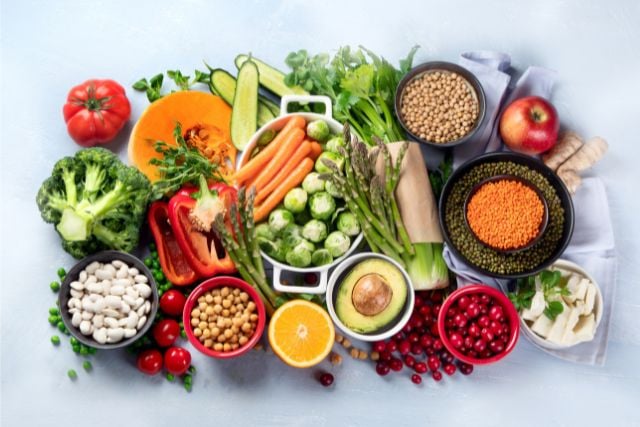
Your diet has such a huge impact on your blood pressure. Think of your blood vessels like garden hoses. When you eat foods high in sodium, your body holds onto extra water to dilute all that salt.
This extra fluid puts more pressure on your “hoses,” your blood vessels. Over time, this constant pressure can damage them and make your heart work harder.
The good news? Small changes in what you eat can make a real difference. Some people see improvements in their blood pressure in just two weeks of dietary changes. That’s pretty amazing when you think about it!
What About Coffee and Alcohol?
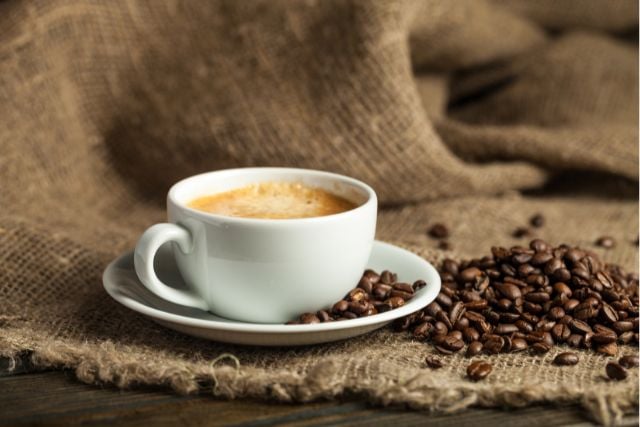
Let’s talk about two drinks that can also affect your blood pressure:
Coffee and energy drinks can make your blood pressure jump up by 10 points or more for a little while. This is especially true if you don’t drink them very often. If you have high blood pressure, try switching to half-caff (half regular, half decaf) or decaf coffee.
Alcohol is tricky. A little bit might actually help lower blood pressure. But more than one drink per day for women or two for men can make it go up. Plus, alcohol doesn’t mix well with blood pressure medicine.
The 1,500mg Rule
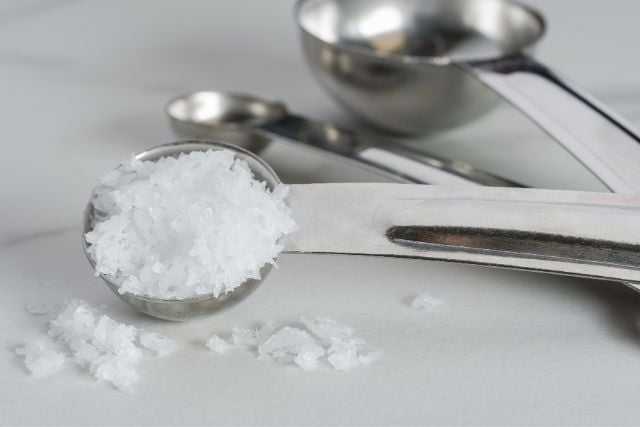
Here’s what you need to know. If you have high blood pressure, try to eat no more than 1,500mg of salt per day. That’s less than one teaspoon of salt for the whole day.
Most Americans eat over 3,400mg of salt every day. That’s more than twice what they should have!
Easy Food Swaps
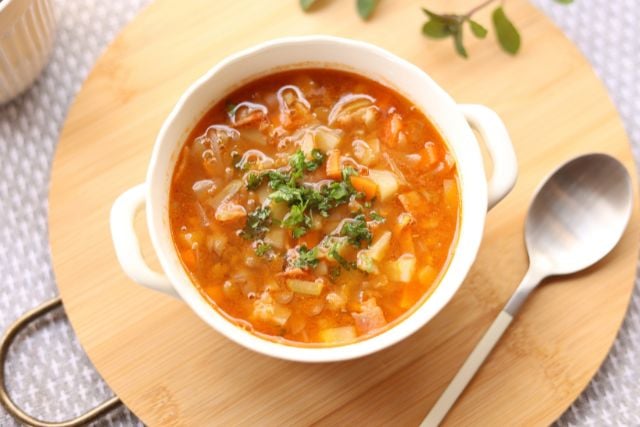
Don’t feel like you have to change everything at once. Start with these simple swaps:
- Instead of canned soup, try homemade soup with low-salt broth
- Instead of deli meat, try leftover chicken you cooked at home
- Instead of regular cheese, try fresh mozzarella or goat cheese
- Instead of bottled salad dressing, try olive oil and vinegar
- Instead of regular canned vegetables, try ones that say “no salt added”
How to Read Food Labels

When you’re shopping, look at the labels. Here’s what to look for:
- “Low sodium” means 140mg or less per serving
- “Very low sodium” means 35mg or less per serving
- “No salt added” means they didn’t add salt when making it
Don’t trust words like “lightly salted” – they don’t really mean much and can still have lots of salt.
Final Thought
You don’t have to be perfect with your diet. It’s about making better choices most of the time. These foods to avoid with high blood pressure don’t have to disappear forever. Just knowing about them helps you make smarter choices.
Here’s something cool. Your taste buds will change. When you start eating less salt, you’ll start to taste food’s natural flavors more. Give it a few weeks, and you might actually like the taste of lower-salt foods better.
Your heart works hard for you every day. Eating better is one of the best things you can do for your health. Start small, be patient with yourself, and feel good about every healthy choice you make.


